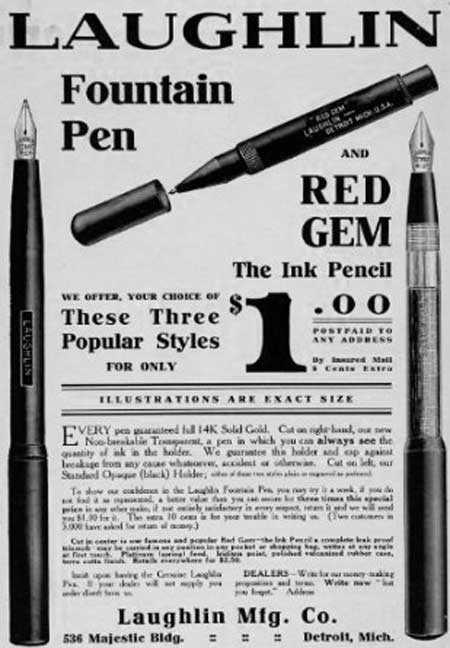


Framed or unframed, desk size to sofa size, printed by us in Arizona and Alabama since 2007. Explore now.
Shorpy is funded by you. Patreon contributors get an ad-free experience.
Learn more.

- Lost in Toyland
- And without gloves
- If I were a blindfolded time traveler
- Smoke Consumer Also Cooks
- Oh that stove!
- Possibly still there?
- What?!?
- $100 Reward
- Freeze Frame
- Texas Flyer wanted
- Just a Year Too Soon
- WWII -- Replacing men with women at the railroad crossing.
- Yes, Icing
- You kids drive me nuts!
- NOT An Easy Job
- I wonder
- Just add window boxes
- Icing Platform?
- Indiana Harbor Belt abides
- Freezing haze
- Corrections (for those who care)
- C&NW at Nelson
- Fallen Flags
- A dangerous job made worse
- Water Stop
- Passenger trains have right of way over freights?
- Coal
- Never ceases to amaze me.
- Still chuggin' (in model form)
- Great shot
Print Emporium
Rainy Day People: 1908

Detroit circa 1908. "Walker Block, Griswold and Fort Sts." 8x10 inch dry plate glass negative, Detroit Publishing Company. View full size.
Forced out
Here's from the Detroit Free Press December 17, 1908. It explains the Closing Out sign for Laughlin Pens.

Pipes They Be
The power lines are being run through cast-iron pipes (look at the junctions), carried on cast-iron poles. In England this was common for telegraph wires that were buried underground. The stays attached to the pole lower down are the carrying support-wires for the thinner trolley wires.
Power Lines they are
The thick wires in the right foreground are the feed wires for the electric streetcars. The thinner trolley wire can't carry all of the current, so it has to be fed from these thicker wires every few hundred feet.
Power lines or hoses?
I'm curious about those wires in the foreground. They seem unusually thick. Anyone know the story??
THE Dime Bank
We've seen the Dime Bank headquarters several times on Shorpy.
Also, note the storefronts on the sides of the church. Renting those to businesses brought in additional income for the congregation.
From Baptists to Dimes
The Walker Block building is in its last days in this photo. The building was built as the First Baptist Church in the early 1860s, but had been used as a commercial building since the congregation moved further north in 1872. By 1910 Daniel Burnham's huge new Dime Building (named for the Dime Savings Bank) will rise on this spot, where it still stands today.
First Baptist Church
The building is the First Baptist Church, shortly before the congregation moved and a Dime Bank erected in its place.

























On Shorpy:
Today’s Top 5